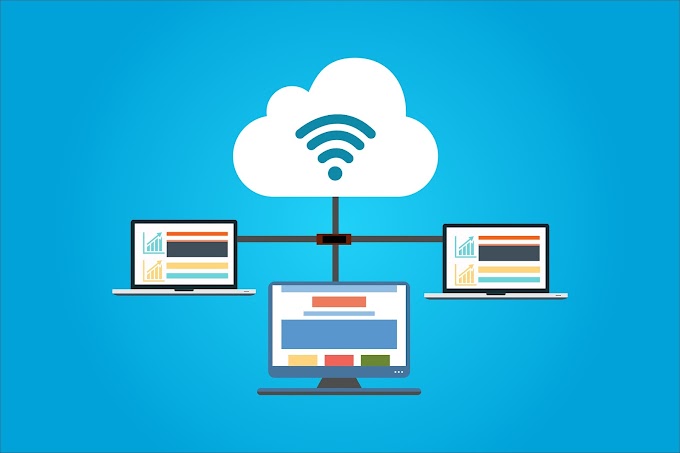The world of technology is constantly evolving and adapting to meet the needs and demands of consumers. In recent years, one of the biggest areas of focus has been in developing faster and more efficient methods of charging our devices.
With so many different fast charging
technologies now available, it can be difficult to keep up with the
latest advancements and understand the benefits of each one.
Popular Fast Charging Technologies In Mobile Phones
Quick Charge by Qualcomm
Quick Charge is a fast-charging technology developed by Qualcomm that is designed to work with compatible devices that use Snapdragon processors. Quick Charge relies on specialized power management circuitry in both the device and the charger, which allows for faster charging speeds without generating excessive heat.
Quick Charge technology is capable of charging devices up to 4 times faster than traditional charging methods, with a maximum charging speed of up to 100W. Quick Charge is also designed to be backward compatible, meaning that it can work with devices that are not specifically designed to use Quick Charge technology.However, one of the main downsides to Quick Charge is that it only works with devices that use Snapdragon processors, and not all devices are compatible with the technology. Additionally, Quick Charge can only be used with specific chargers that are designed to work with Quick Charge.
USB Power Delivery (USB-PD)
USB Power Delivery, or USB-PD, is a fast-charging technology that is becoming increasingly popular, especially in newer smartphones and laptops. USB-PD uses a universal charging standard that can deliver up to 100 watts of power, which makes it more versatile than other fast charging methods.
One of the biggest benefits of USB-PD is that it can be used with a wide variety of devices, including smartphones, laptops, tablets, and more. Additionally, USB-PD is capable of supporting higher charging speeds than other fast charging methods, which makes it ideal for users who need to charge their devices quickly.
However, one of the downsides to USB-PD is that it can be more expensive than other fast charging methods, especially if you need to purchase a new charger or cable that supports the technology. Additionally, not all devices are equipped to utilize USB-PD charging.
SuperVOOC by Oppo
SuperVOOC is a fast-charging technology developed by Oppo, and is capable of charging devices at lightning-fast speeds. SuperVOOC is capable of charging a 4000mAh battery from 0% to 100% in just 35 minutes, making it one of the fastest charging technologies available.
SuperVOOC relies on a proprietary charging cable and charger to deliver the fast charging speeds, which means that users need to have the appropriate cables and chargers in order to take advantage of the technology.
One of the downsides to SuperVOOC is that it is only available on select Oppo devices, which makes it less accessible than other fast charging technologies.
Adaptive Fast Charging (AFC) by Samsung
Adaptive Fast Charging, or AFC, is a fast-charging technology developed by Samsung that uses a specialized charging adapter and cable to deliver faster charging speeds. AFC is compatible with a wide range of Samsung devices, including smartphones and tablets.
AFC uses an intelligent charging algorithm to deliver the right amount of power to the device being charged, which can help prevent overheating and damage to the battery. AFC is also designed to be backward compatible, meaning that it can work with older devices that do not support the technology.
However, one of the downsides to AFC is that it is only available on Samsung devices, which limits its accessibility to users of other brands.
Dash Charge by OnePlus
Dash Charge is a fast-charging technology developed by OnePlus, and is capable of delivering high-speed charging to compatible devices. Dash Charge uses a specialized charging cable and adapter to deliver faster charging speeds, which can support up to 20W of power delivery.
One of the benefits of Dash Charge is that it delivers consistent charging speeds, even when the device is in use or under heavy load. Dash Charge is also designed to be safer than other fast charging methods, as it uses specialized circuitry to manage heat dissipation and prevent overheating.
However, one of the downsides to Dash Charge is that it is only available on select OnePlus devices, which limits its accessibility to users of other brands.
Conclusion
As you can see, there are many different fast charging technologies available, each with their own strengths and weaknesses. When choosing a fast charging technology, it is important to consider factors such as compatibility with your device, charging speed, safety, and cost.
By understanding the different fast charging technologies available, you can make an informed decision about which one is best for your needs.


.png)








0 Comments